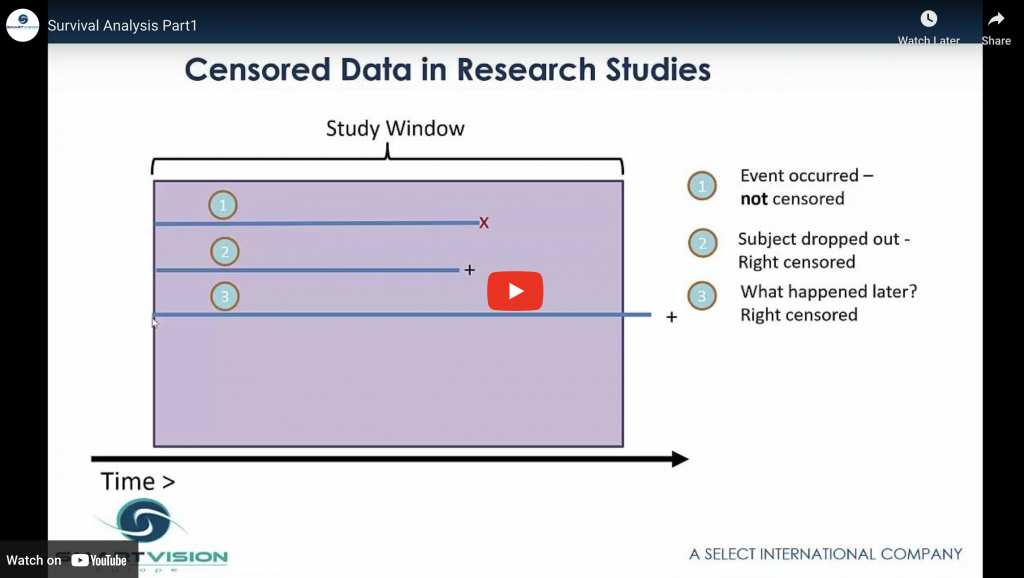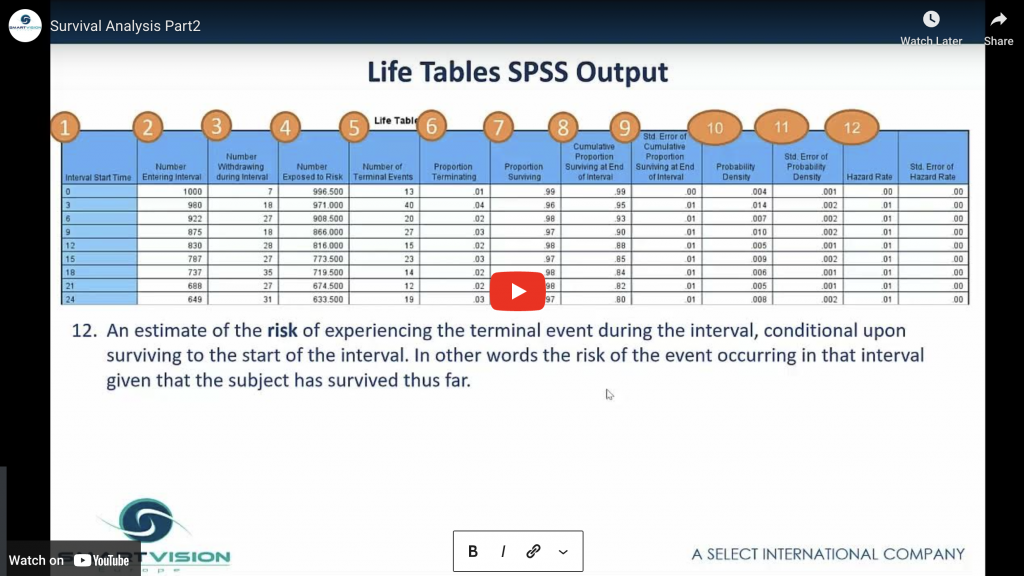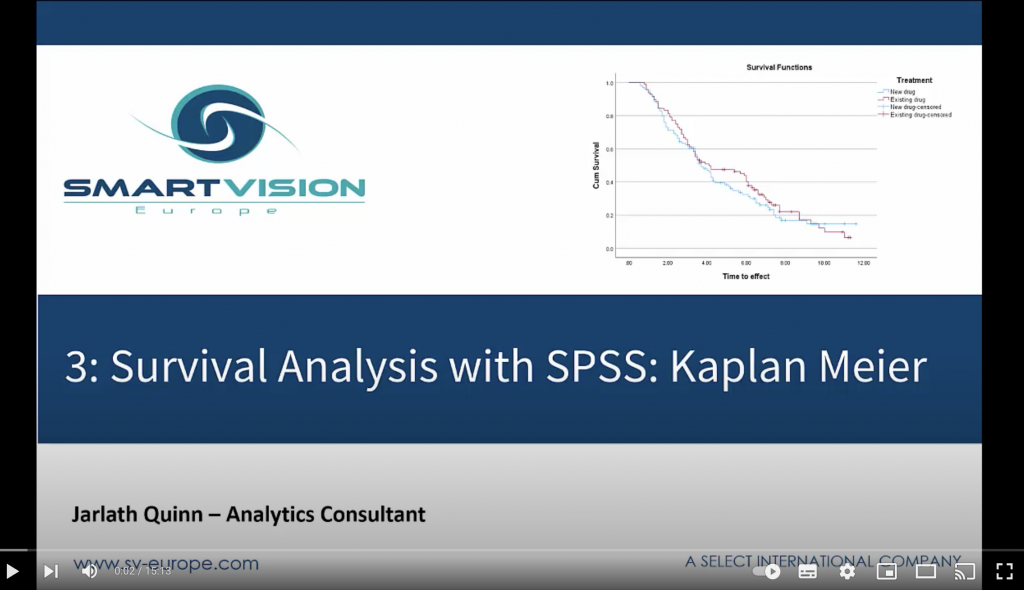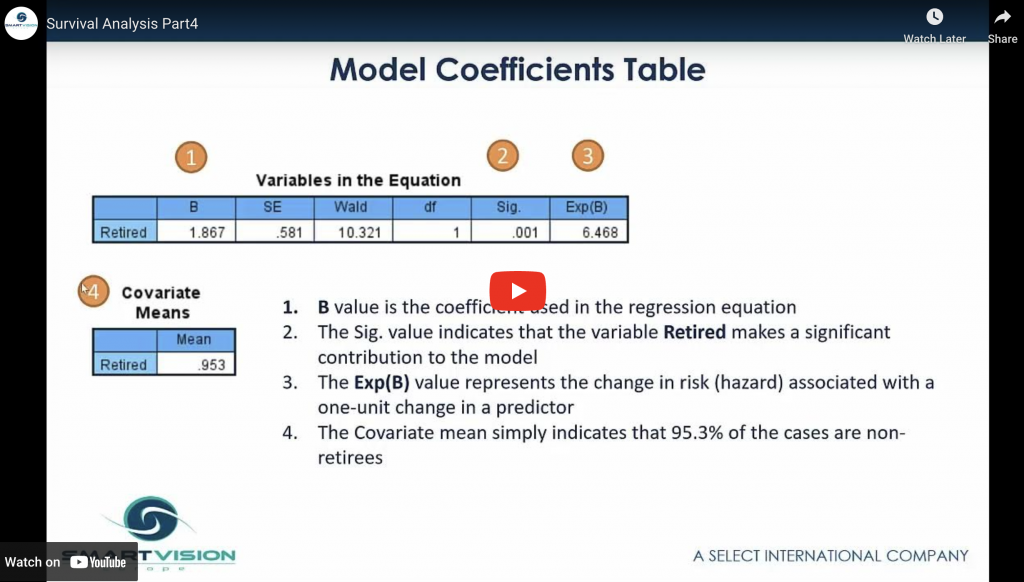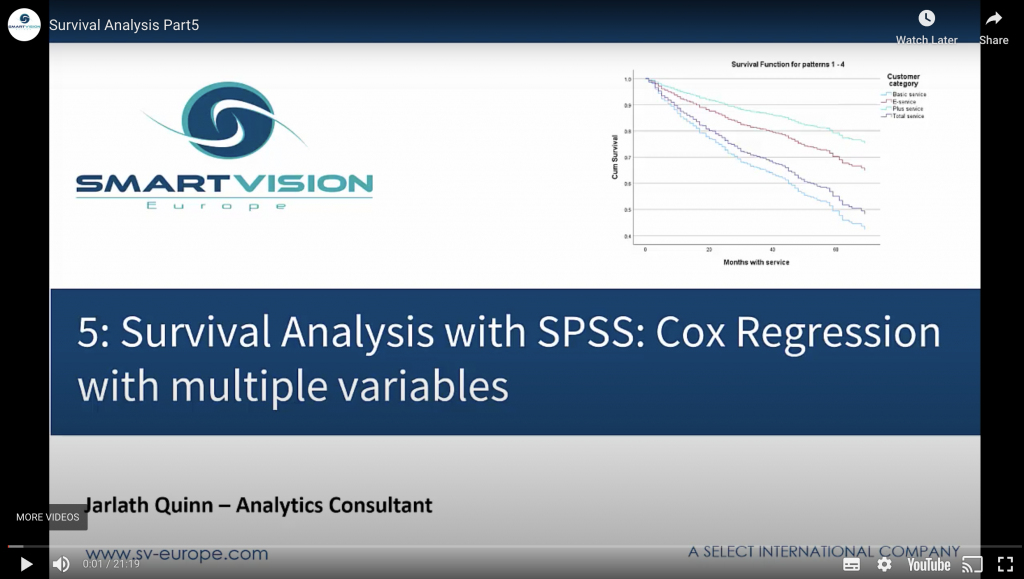Introducing survival analysis
This video looks at the key concepts that underpin survival analysis such as time-to-event data, censored cases and the different survival analysis procedures available in IBM SPSS Statistics.
Introducing survival analysis Read More »

